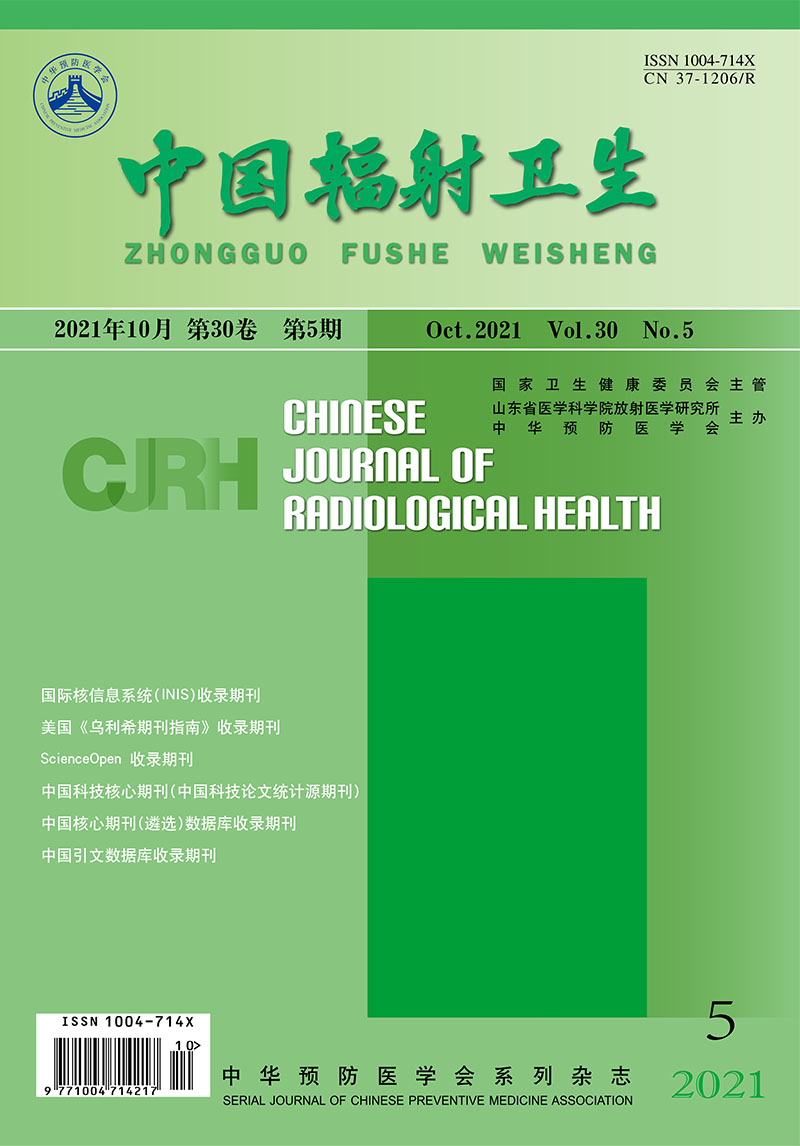XU Mingfa, PENG Wenbin, XIANG Huiyun, LIN Pingxing, ZHENG Huangting, LIN Mingmei, LIN Chen, JIANG Yue, ZHANG Wei
Objective The radioactivity level survey was carried out in Weizhou Island area of Beihai, to comprehensively master the radiation environment status in the area, understand the natural radioactivity level and its distribution law, and provide basic data for scientific evaluation of radiation environment quality.Methods According to the relevant standards and technical specifications, the air absorbed dose rate of gamma radiation in Weizhou Island area was monitored from April 2020 to March 2021, the concentrations of radionuclides in water, soil and other environmental samples were sampled and analyzed, and the monitoring results were analyzed and discussed in combination with the regional characteristics.Results The results show that the air absorbed dose rate of gamma radiation in Weizhou Island area ranges from 0.2~122 nGy/h; the activity concentrations of 238U, 226Ra, 232Th, 40K and 137Cs in solid samples range 17.0~37.3 Bq/kg, < 0.501~29.5 Bq/kg, < 0.766~54.3 Bq/kg, 18.7~369 Bq/kg and < 0.212~1.48 Bq/kg, respectively, the concentrations of U and Th in well water and reservoir water range 0.065~0.25 μg/L, 0.046~0.079 μg/L, the activities of 226Ra, 40K, total α and total β range 1.42~3.08 mBq/L, 0.069~0.231 Bq/L, 0.025~0.163 Bq/L, 0.082~0.572 Bq/L, respectively, the concentrations of U and Th in seawater samples range 1.81~2.25 μg/L, 0.634~0.648 μg/L, and the activities of 226Ra, 40K, 90Sr and 137Cs range 9.38~19.7 mBq/L, 11.3~11.8 Bq/L、0.193~0.866 mBq/L、1.13~1.42 mBq/L.Conclusion The environmental ionizing radiation level in Weizhou island of Beihai is in the range of background fluctuation and at a relatively low level, indicating that the radiation environmental quality of Weizhou Island and its surrounding areas is good.

